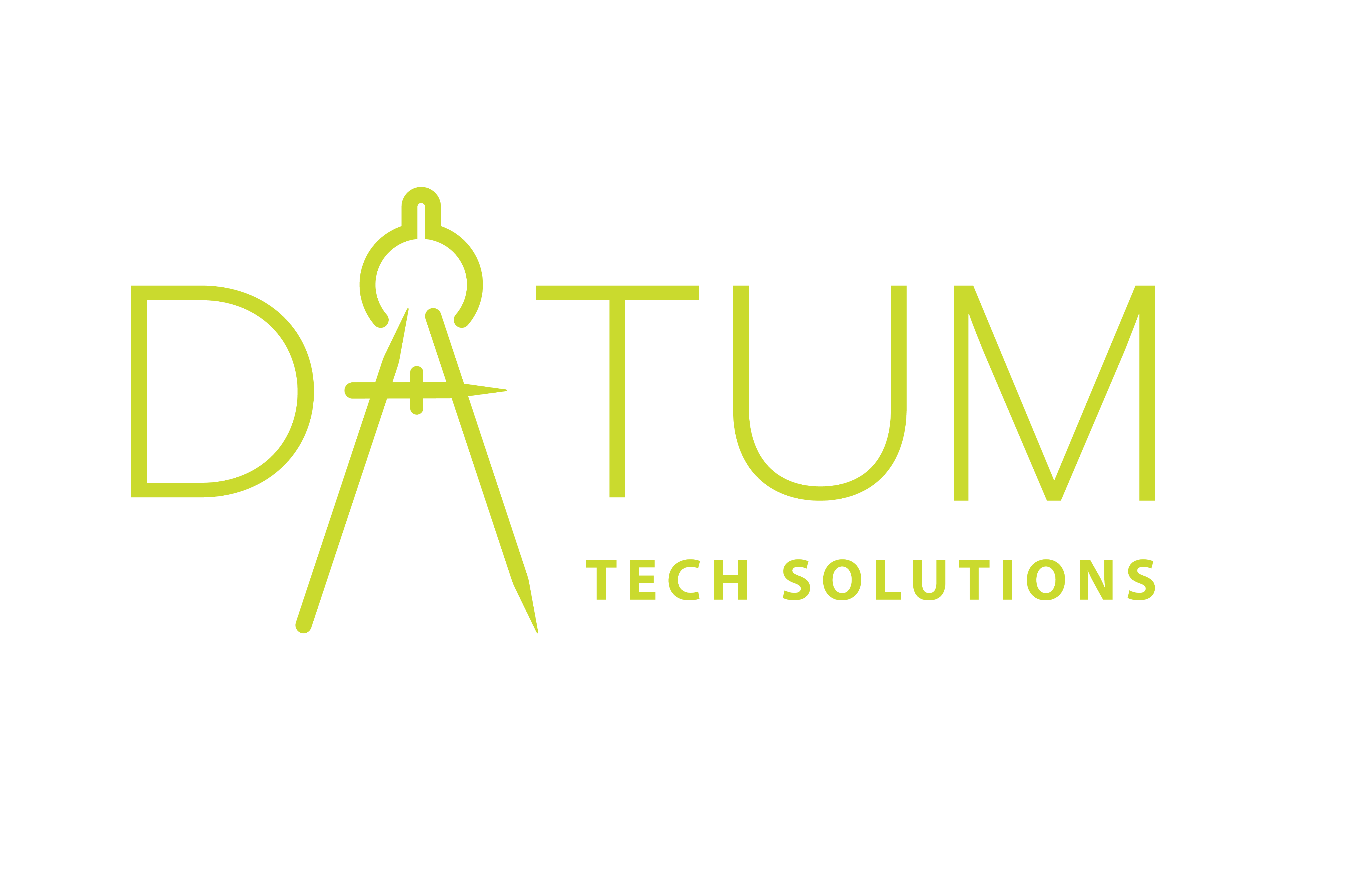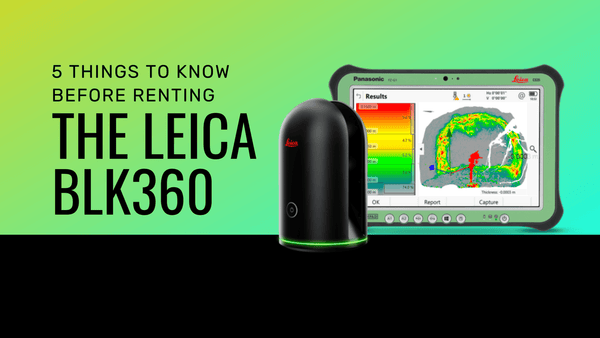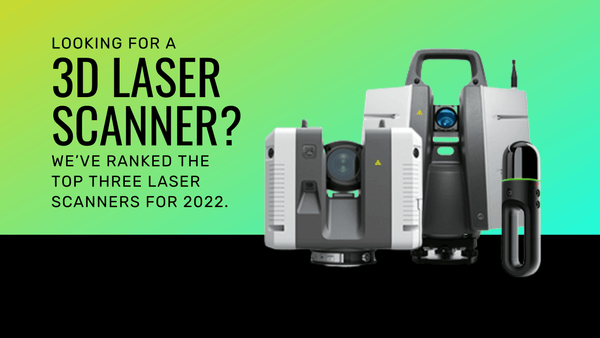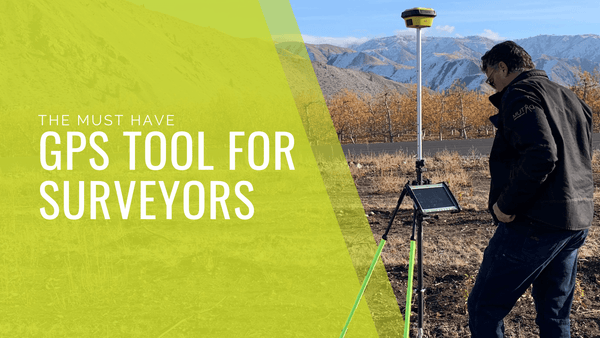The Top 5 Industries That Benefit From 3D Laser Scanning Technology
Technology is enabling a wide range of solutions in numerous industries. In fact, teams are finding ways to use technology beyond its initial intended use and this is an exciting development for many reasons. A great example of this is the world of 3D laser scanning. Equipment such as the Leica 3D scanner are being used in a variety of ways to help professionals across a diverse cross-section of industries within and outside of the world of surveying and construction.
If you’re wondering to yourself what 3D laser scanning is, the simple answer is that it offers a way to capture and save highly-accurate scans of objects and environments in 3D space. This is achieved using highly specialized equipment like a Leica 3D scanner, which uses precision lasers to measure the distances between the scanner and object surfaces, resulting in the capture of millions of points of data per second. Once captured, these data points are clustered into a data cloud where they can be analyzed and manipulated in real-time.
Thanks to its precision, accuracy, and relative ease-of-use, 3D laser scanning technology has been adopted in countless different real-world scenarios. Here is a quick rundown of five industries that utilize 3D laser scanning technology and point cloud technology to create a more efficient workflow.
Architecture
Have you ever struggled to measure a curved or oddly-shaped room in your home, only to be amazed when you see some of the designs by modern architects such as Jeanne Gang? The chances are high that 3D laser scanning technology was used in the process.
When it comes to redesigning or designing additions to an existing building, 3D scanning can play a major role in creating accurate models of otherwise hard-to-measure spaces. Thanks to its precision through the use of millions of data points, a laser point cloud can offer a much richer cache of information about the building in question, including features like ceiling grids and the location of light fittings.
3D laser scanning technology may also be used in architecture projects to:
- Scan very complex or tall structures
- Align multiple floors/levels efficiently and seamlessly
- Integrate data with popular drafting software for client-facing presentations
Engineering
Just like architects, engineers can also gain a lot of valuable insight from using a device such as a Leica 3D scanner. Again, engineering is a field where precision and accuracy is critical to the success of a project. From mechanical engineering to structural engineering projects, point clouds can offer a wealth of information to engineers to make more accurate, data-informed decisions.
Some of the reasons an engineer may choose to use 3D laser scanning include:
- Conducting a constructability review
- Connecting tie-in points with existing structural features
- Locating new geometry without interfering with an existing location or its infrastructure
Construction
With architecture and engineering benefiting so much from 3D scanning solutions like the Leica 3D scanner, it shouldn’t be surprising to see construction on this list. Construction personnel both in the field and in the office can use point cloud technology for surveying the sites of new construction projects as well as capturing detailed renderings of existing homes and commercial properties prior to new design or renovation work.
Major benefits of utilizing 3D laser scanning technology for a construction project:
- Save time on-site
- Prevent errors, lower cost, and reduce waste due to more accurate measurements
- Serves as a more accurate point of record on agreed upon scope-of-work

Historical Preservation
Depending on the era, certain historical buildings can be incredibly intricate. The Notre Dame Cathedral is a great example of a building that’s reaped the benefits of 3D laser scanning technology. As such, the restoration and preservation of these buildings can involve very complicated measurements in order to match existing structures and details. 3D laser scanning is often used to recreate or restore historic buildings with an accurate 3D model — saving teams countless hours and a lot of money when it comes to preserving buildings in the historic register.
Other ways 3D laser scanning might come into play during a historical preservation project are:
- Digitally preserving information for the future
- Reproduce details regardless of intricacy
- Provide a record before erosion deteriorates a property beyond recognition

City Planning | Civil Engineering
In the civil realm, civic engineers and city planners also use 3D laser scanning technology to assist with urban planning and development projects. While many of the projects discussed so far have been about individual buildings and structures, urban planners can also harness 3D laser scanning solutions to recreate entire city blocks.
Some of the other advantages of using 3D laser scanning technology for city planning include:
- Improve your end-to-end workflow
- Scan dangerous or inaccessible locations
- Decrease the time and energy it takes to create renderings



